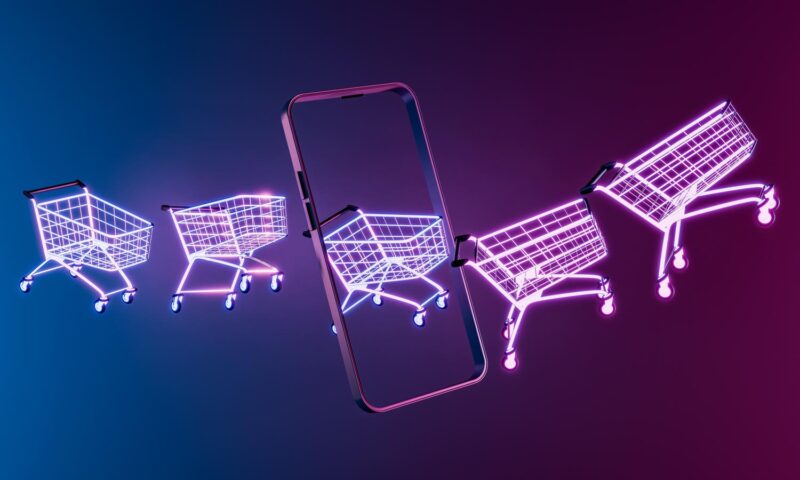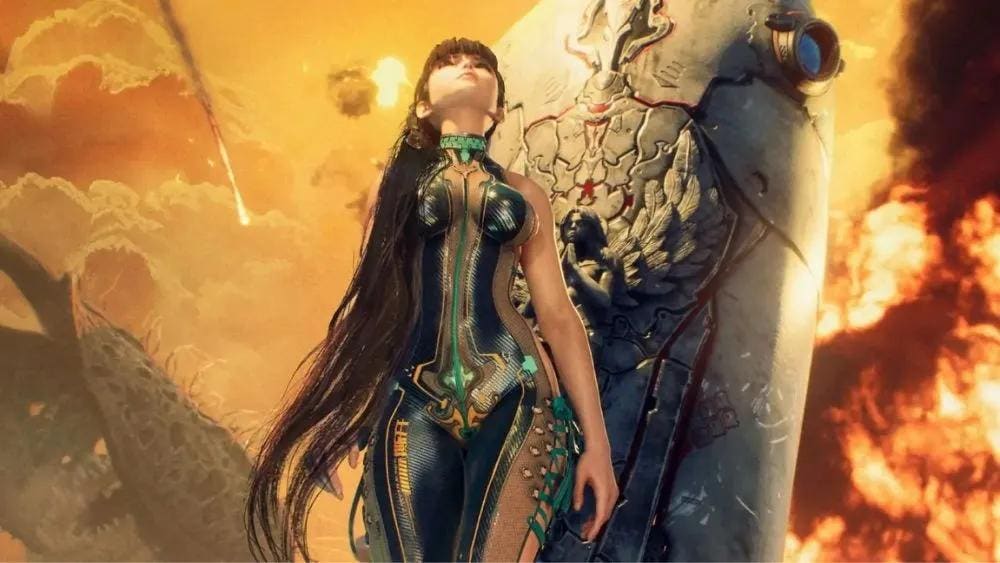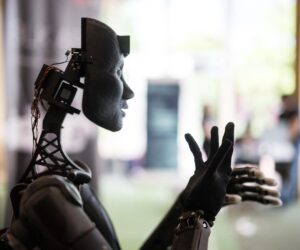Online sellers are turning to AI to speed up content creation and rapid testing, making it easier for anyone to compete and grow in e-commerce.
getty
Selling online has always looked easier than it is. People see viral product videos and breakout sellers on TikTok and Instagram, but behind the scenes, the real work is messy. The truth is that most new sellers never make it past the content stage. They build a store, choose a product and then hit a wall. They quickly realize they need videos for ads, short clips for social platforms and different versions to test. The pressure grows each year as short-form video becomes the default language of online commerce.
Research shows how deep this problem goes. According to a report by Sitecore, only 8 percent of B2B marketers say most of their projects move efficiently, pointing to clear workflow challenges. The rising demand for short-form video is putting even more strain on teams, and companies are having a difficult time keeping up with quick production cycles, per a study by CMSWire.
Meanwhile, user-generated content (UGC) still plays a strong role in influencing purchase decisions, with one report showing that visitors who interact with UGC on product pages convert at more than double the rate of those who did not. These dynamics establish a situation where sellers require content quickly and in large quantities, rendering traditional workflows inadequate.
But thanks to AI, that’s beginning to change. New tools like CreateUGC, HeyGen and Mirage are simplifying how people create and test content, giving anyone the ability to launch products with fewer hassles and faster learning cycles.
A Lower Entry Barrier
Much of the difficulty in starting an online business appears after the store is built. AutoDS CEO Lior Pozin says the challenge became clear when his team launched buildyourstore.ai, a tool that lets anyone create a Shopify store with AI within minutes. “The biggest remaining barrier became painfully clear — creating content,” Pozin told me. “New sellers hit the same wall. Creating ads is slow. Organic content is expensive. Working with creators takes days or weeks. Testing angles is almost impossible at scale.”
Tools like CreateUGC aim to remove that wall by automating much of the production layer, generating short video ads in seconds from a simple product link. The goal, Pozin explained, was simple. “Make content creation as easy, fast and accessible as launching a store.”
This matters in markets where creator support is hard to access. A person in Brazil or the Philippines or South Africa can launch their first campaign without picking up a camera. Pozin believes this lowers the psychological barrier that keeps many from trying.
“It lowers the cost of failure, which encourages more people to try. And in e-commerce, that is how new winners are created,” he noted.
A Faster Cycle Of Testing And Growth
While short-form platforms like TikTok, Instagram Reels and YouTube Shorts reward constant experimentation, traditional content production does not support that pace. Sellers often spend days producing a single video, limiting their ability to learn what works. AI changes that rhythm. By generating content quickly, sellers can try new ideas, test more angles and move faster than before.
Early results from AutoDS reflect this shift. AI-generated videos from CreateUGC produced up to 5.7 times more conversions than static ads, according to Pozin. More important is the volume of testing it enables: Agencies in the beta program reported they could “test 10 to 20 video ads per week instead of 1 to 2.” These results are internal and will vary across brands and campaigns, but they reflect a broader pattern emerging across AI-driven creative tools.
Other tools are also pushing in the same direction. HeyGen and Mirage help brands to produce short videos at scale that are optimized for platforms such as TikTok, Reels and Amazon video ads. They reduce production time and support the kind of rapid iteration that modern advertising demands.
When content creation becomes faster and cheaper, testing becomes the core competitive advantage. Small teams can compete with larger brands by learning faster and responding sooner.
A Changing Relationship With The Creator Economy
The rise of AI-generated UGC raises natural questions for the creator economy. What happens when brands can produce realistic content without hiring creators? Pozin believes the impact depends on how creators adapt.
“AI is growing fast, and e-commerce is growing right alongside it. Whenever two big waves rise at the same time, the people who adapt early always win, and the ones who wait usually feel the impact.”
He does not see AI replacing creators but shifting the type of work they will do: “The baseline production work, variations, quick hooks, reshoots and simple angles will become AI-driven. Brands will still want human creativity, personality and storytelling.” In this view, creators spend less time repeating simple shots and more time building the unique work that AI cannot perform.
That’s a pattern that matches earlier transitions. When mobile platforms reshaped content, creators adapted. When short-form video took over, they shifted again. AI is the next iteration. The creators who learn to use these tools may grow stronger by expanding what they do rather than being replaced.
Still, synthetic UGC introduces questions that the industry has not fully answered. Platforms may update disclosure rules, shoppers may react differently to AI-led storytelling and creators may need to reposition their value as automation becomes more common.
What This Means For The Future Of Online Commerce
The emergence of AI UGC tools hints at a wider change across e-commerce. The work is moving away from long workflows and toward quicker cycles of creativity.
Sellers who used to need big teams or complicated processes can now run tests, get information and change campaigns with much less work. This creates an environment where a first-time seller can compete with experienced players by responding to signals quickly and learning from each attempt.
As AI tools continue to improve, the next phase of digital commerce may depend less on production resources and more on creative adaptation. CreateUGC, HeyGen and Mirage are great examples of this movement, suggesting a future where anyone, anywhere, can participate in online selling with fewer barriers and more potential to flourish.
“E-commerce is becoming more flexible, with quick testing, quick adaptations and constant iteration. You don’t need big teams or long workflows anymore. You need innovative ideas and the ability to move fast,” Pozin remarked.









